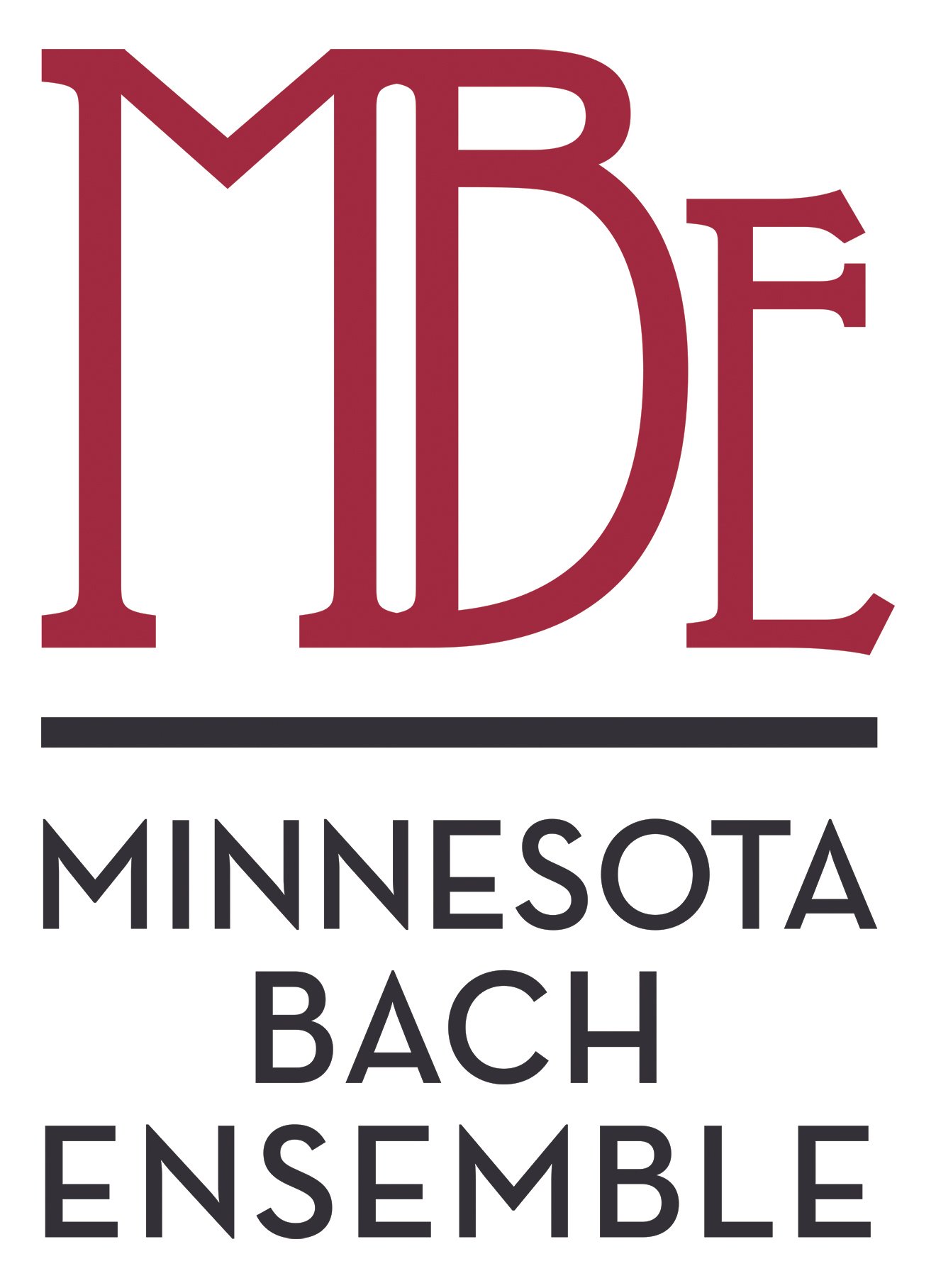Week 14
C. P. E. Bach: Flute Concerto A-major
Dear MBE Fans,
Welcome back to another movement of C.P.E. Bach’s Flute concerto in A-major. The inscription atop the movement gives away gist of the music from the get-go: “Largo con sordini. Mesto,” which translates into “Broadly/slowly, with muted strings. Sad/pensive.”
Carl Philipp Emanuel treats us to a dark, brooding piece of music, which stands in stark contrast to the sunny opening movement. The orchestral introduction is performed “tasto solo”: the broad, extended melody in the upper strings is accompanied by a single bass line, with no voices/harmonies filling in the space in between (the harpsichord doubles the bass line only with one note at a time, adding to the eerie atmosphere). The overall effect is that of utter solitude and isolation. The extended length of this section makes it feel almost suffocating, before the flute enters with the same melody. Even though it is the same music, the change of texture gives us a sense of relief. The inner voices fill out the space between the top and bottom lines, softening the edges of the dissonant clashes. At the end we return to the desolate landscape of the beginning.
It is remarkable how much this movement foreshadows some of the most expressive writing decades later (e.g. slow movements of Mozart piano concertos, Haydn and Beethoven string quartets). It is a testament to C. P E.’s genius and his groundbreaking innovations as a catalyst for change.
Mischa Santora, MBE artistic director
Week 13
C. P. E. Bach: Flute Concerto A-major
Dear MBE Fans,
Welcome back to a genre of works we have not explored yet on Back to Bach: the solo concerto. This example is by J.S. Bach’s second oldest son, Carl Philipp Emanuel Bach, arguably J. S.’s most accomplished and famous offspring.
Coming of age as a young person is complicated enough. If your parents are extraordinarily successful and famous, that adds a whole other layer of complexity. I can only speculate about the internal family dynamic in the Bach household. Not only was J. S. one of the greatest composers, he is often regarded as one of the leading creators in Western Art. With other words: the pressure is on, kids! Remarkably, many of J. S.’s children became very accomplished musicians, and a few truly excelled as composers. Carl Philipp Emanuel shaped the seismic shift from the Baroque to the Classical era.
Looking at it as an art historian, it was the trends in architecture, fine arts, and literature that led aesthetic changes in music (not the other way around!). In this case it was clearly architecture. Monumental, overly ornate, gold plated baroque churches gave way for the lighter, streamlined, and more human-scale Classicistic architecture. This change was mirrored a few decades later in a desire for music that is simpler, sunnier, less somber, and overall easier to absorb and to enjoy. The polyphonic complexities got replaced with a more homophonic style consisting of melodies and their accompaniments.
Carl Philipp Emanual was at the epicenter of searching for new ways of expression and novel structures in music (e.g. symphonies and concerti). He wholeheartedly embraced the new while leaving behind the old, with his father in the background as an anachronistic witness of a rapidly changing world.
Mischa Santora, MBE artistic director
This concert was performed on December 5/6, 2015 in MacPhail’s Antonello Hall.
Performers:
Adam Kuenzel, flute
MBE Ensemble
Andrew Altenbach, conductor
